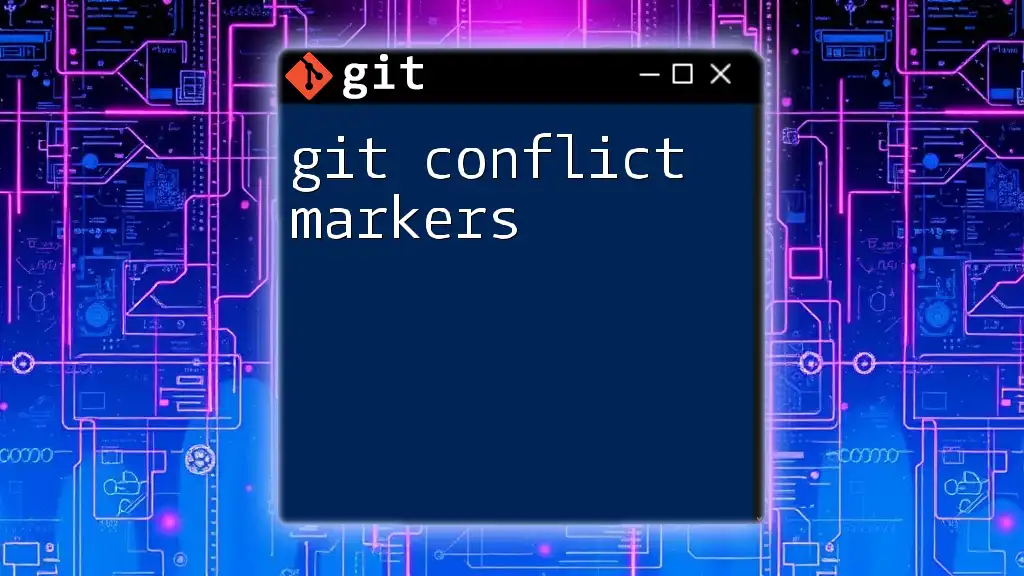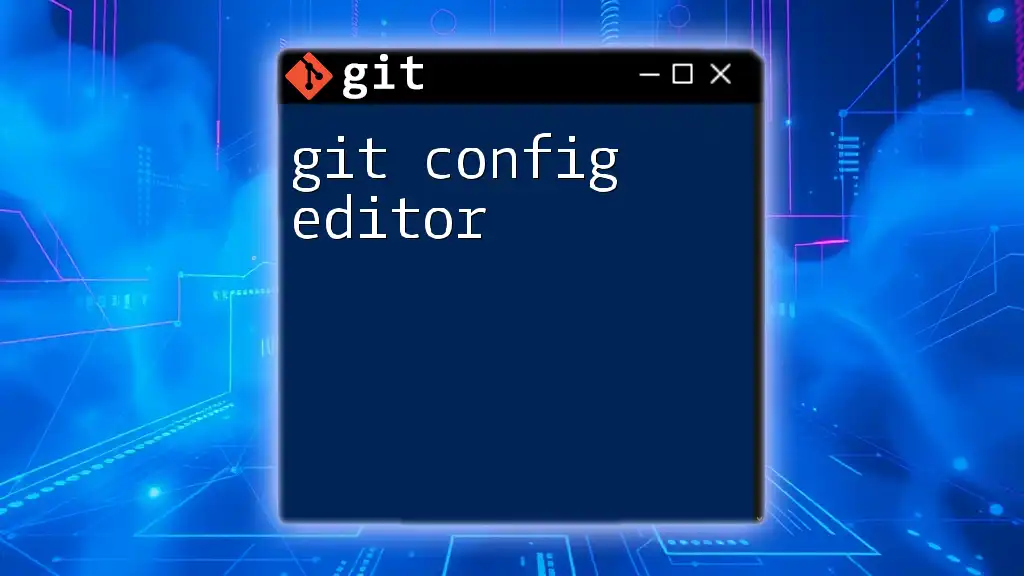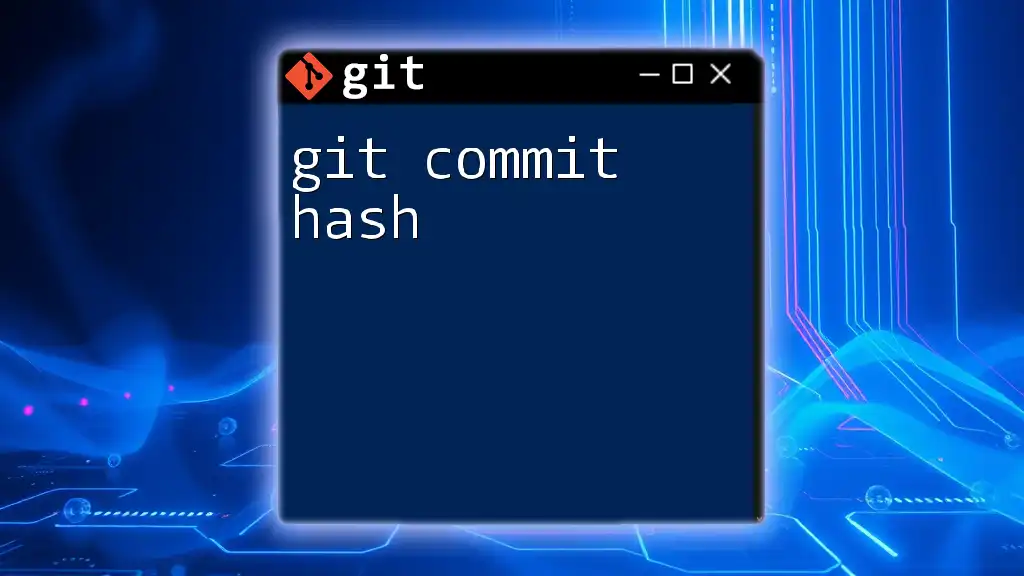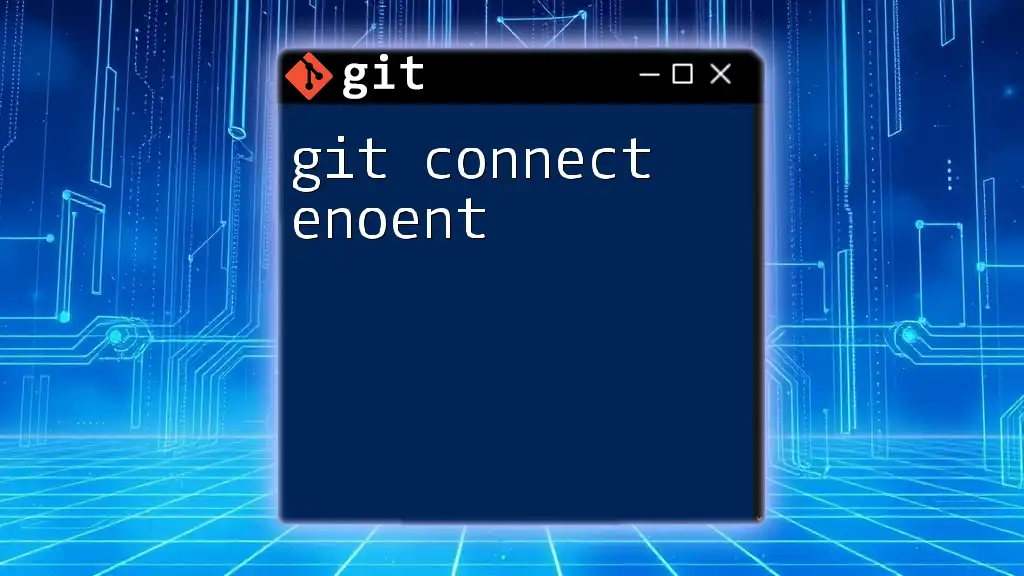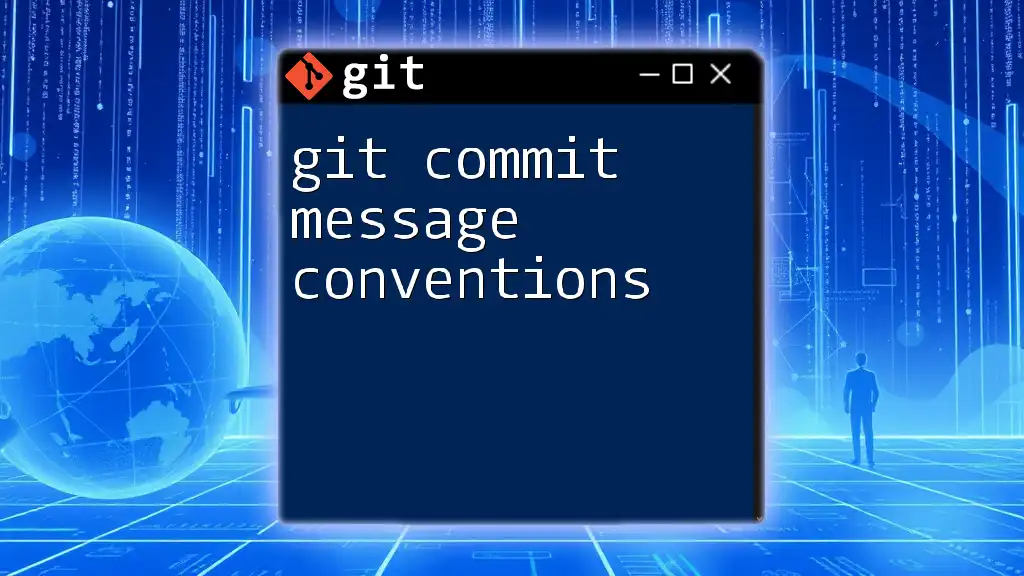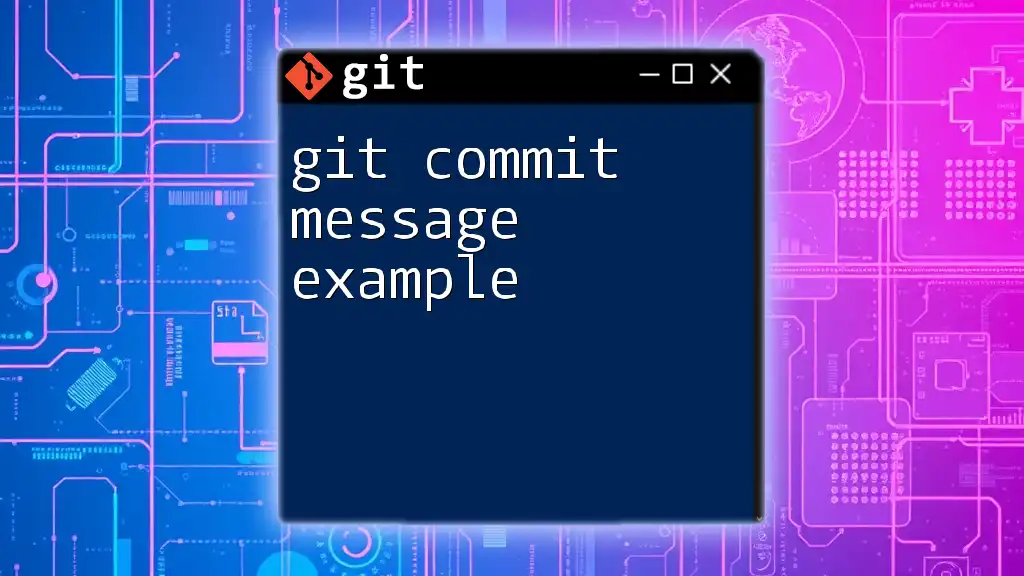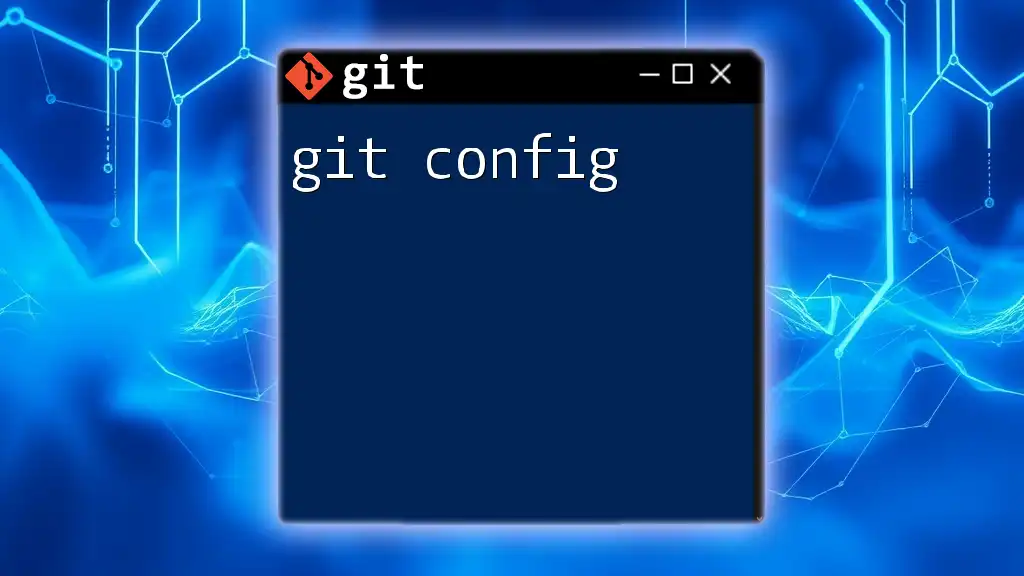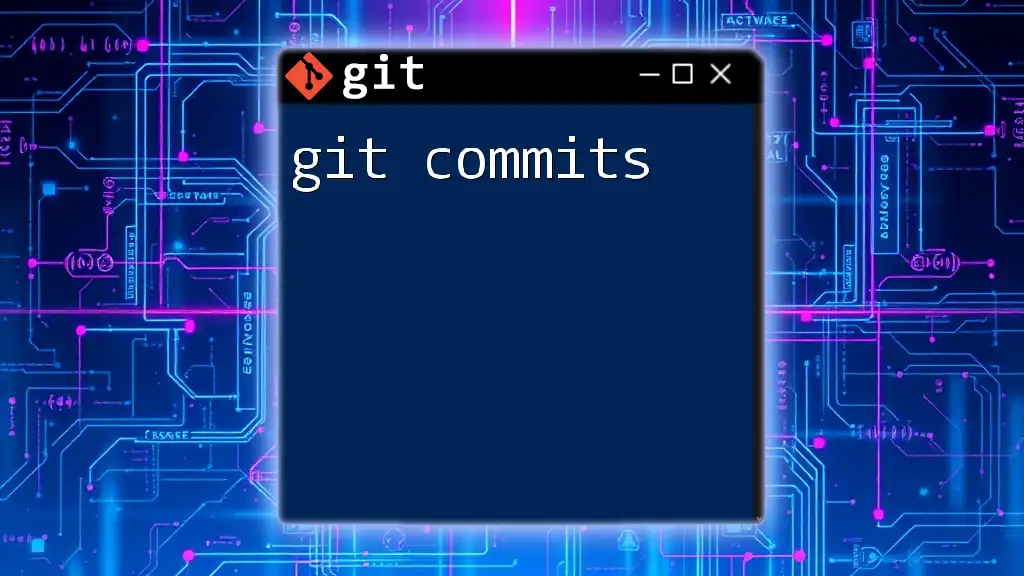Git conflict markers indicate areas in your code where changes from different branches have conflicted, helping you to manually resolve discrepancies before finalizing a merge.
<<<<<<< HEAD
// Your changes
=======
// Their changes
>>>>>>> feature-branch
Understanding Git Conflict Markers
What are Git Conflict Markers?
Git conflict markers are special annotations inserted into files by Git during a merge or a rebase when it encounters conflicting changes. Their main purpose is to help developers identify and resolve differences between versions of the code. In a collaborative environment, multiple contributors may try to edit the same line of code simultaneously, leading to discrepancies that Git cannot resolve automatically.
Why Do Conflicts Happen?
Conflicts typically occur in scenarios where the same line or nearby lines of code have been modified in different branches. For example, if two developers are working on the same feature and one adds a log statement while the other changes a function's behavior, Git will find itself in a position where it cannot determine which version to keep. Understanding the triggers for conflicts helps in adopting strategies to manage them effectively.
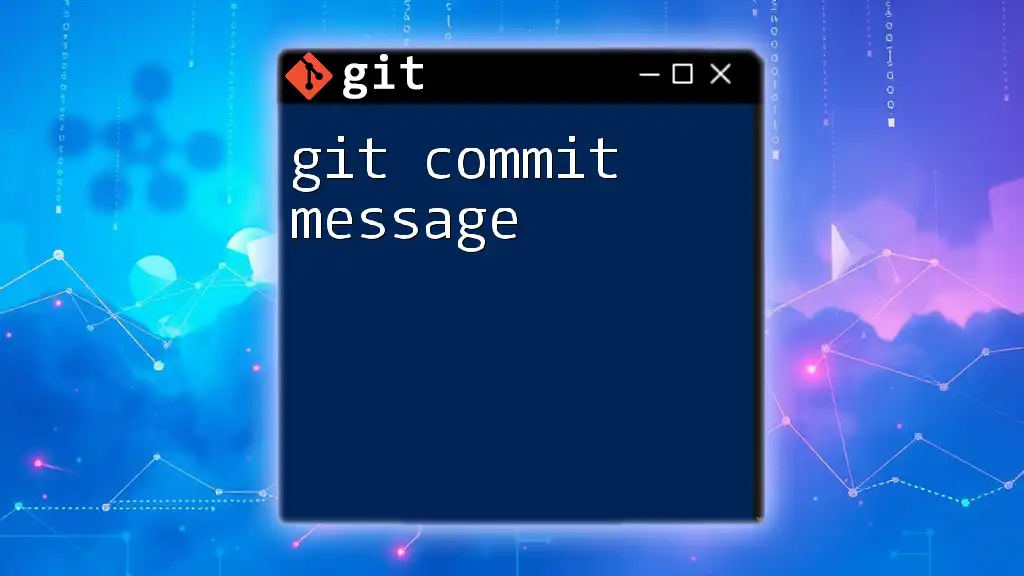
Structure of Git Conflict Markers
The Anatomy of Conflict Markers
When a conflict arises, Git alters the affected files by inserting conflict markers, which consist of three main sections:
- HEAD: This segment shows the changes from your current branch (the one you're on).
- The Incoming Change: This part displays the code from the branch being merged into your current branch.
- The Common Ancestor: Represents the original code as it existed before any of the conflicting changes were made.
Example of Conflict Markers
When a conflict occurs, you might see a snippet of code that looks something like this:
<<<<<<< HEAD
// Code from the current branch
console.log("Hello from the main branch!");
=======
console.log("Hello from the feature branch!");
>>>>>>> feature-branch
In this example:
- The section between `<<<<<<< HEAD` and `=======` reflects the code from the current branch.
- The section between `=======` and `>>>>>>> feature-branch` displays the incoming changes from the feature branch.
- The arrows clearly signify the boundaries of each change, making it easier to understand the conflicting modifications.

How to Resolve Git Conflict Markers
Steps to Resolve Conflicts
Resolving conflicts is a straightforward process, but it requires careful attention to detail. The first step is to identify the conflict markers by opening the affected files in your code editor. Next, it’s essential to understand the existing code, evaluate both sides of the conflict, and determine the best course of action.
Analyzing Changes
To make an informed decision about how to resolve a conflict, you can use the `git diff` command to review changes leading up to the conflict. This command allows you to identify how the code has diverged between the conflicting branches:
git diff HEAD..feature-branch
This command helps you visualize the differences before you merge, ensuring that you have the necessary context to resolve conflicts effectively.
Common Strategies for Resolving Conflicts
There are several approaches to resolving conflicts effectively:
-
Keep Both Changes: If both edits are important, integrate them into a single, coherent solution. You can maintain both lines of code but make sure they work well together.
-
Choose One Change: Depending on the context, decide whether to keep the current branch's code or the incoming changes. This is often the simplest solution but requires careful evaluation.
-
Edit to Create a New Solution: Sometimes, the best approach is to synthesize both changes into a new piece of code that combines ideas from both versions. This encourages collaboration and may lead to an improved solution.
Example Resolutions
Here are some examples of how you might resolve a conflict:
Option 1: Keep both changes
// Merged solution maintain both log calls
console.log("Hello from the main branch!");
console.log("Hello from the feature branch!");
Option 2: Choose one
// Choose to stick with the main branch's message
console.log("Hello from the main branch!");
Option 3: New solution
// Create a unified message
console.log("Hello from both branches, merged successfully!");
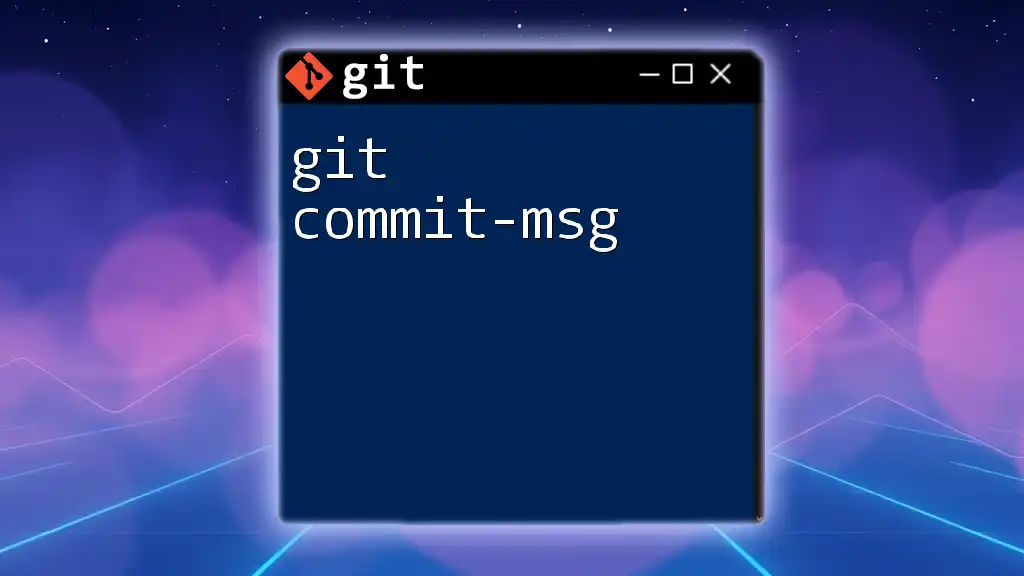
Best Practices for Avoiding Conflicts
Utilize Feature Branches
Organizing your work into feature branches is a great practice to minimize conflicts. By ensuring that work on different features occurs in isolation, you reduce the chances of overlapping changes.
Regular Merges
To keep your code up-to-date and reduce the potential for conflicts, regularly merge changes from the main branch into your feature branches. This practice allows you to identify conflicts earlier when changes are still minor and easier to resolve.
Clear Communication
Effective communication among team members is crucial for preventing overlapping changes. Make it a habit to inform your team of the areas you’re working on, fostering a culture of collaboration and transparency.
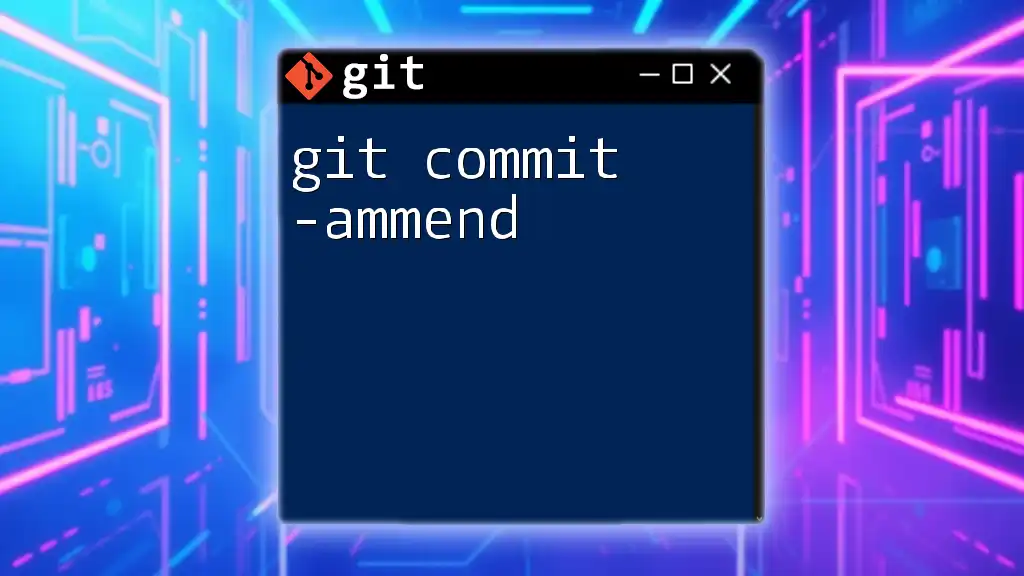
Tools and Commands for Resolving Conflicts
Command-Line Tools
Some essential Git commands for managing and resolving conflicts include:
- `git status`: This command lets you check the status of your repository and see which files have conflicts.
- `git mergetool`: This command opens up a merge tool to help you visually resolve conflicts by comparing changes side by side.
GUI Tools for Git Conflict Resolution
Several graphical user interface (GUI) tools can simplify conflict resolution:
- SourceTree: Offers a user-friendly interface to manage and resolve Git conflicts visually.
- GitKraken: Provides powerful features for handling merges and tracking changes in your repository.
- Visual Studio Code Git Integration: Lets you resolve conflicts directly in your code editor with helpful interfaces for merging.
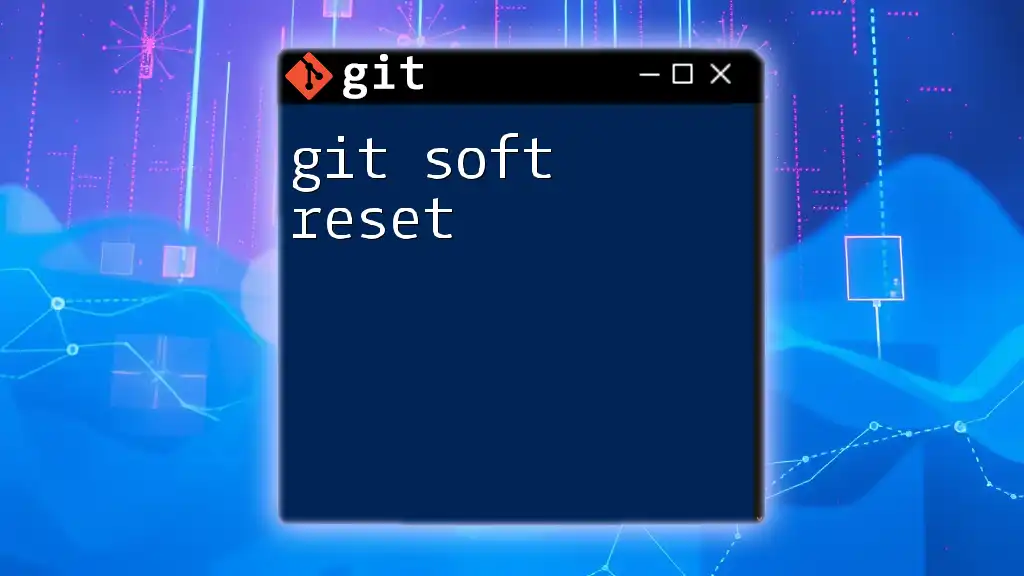
Conclusion
In summary, understanding git conflict markers is crucial for anyone working with Git in collaborative projects. By learning how to handle these markers and employing best practices, you can streamline your workflow and ensure more effective collaboration with your team. Remember, embracing clear communication and regular merging will significantly reduce the likelihood of run-ins with conflicts in the future. For further exploration, consider checking out the official Git documentation and additional tutorials that delve deeper into conflict resolution techniques.

